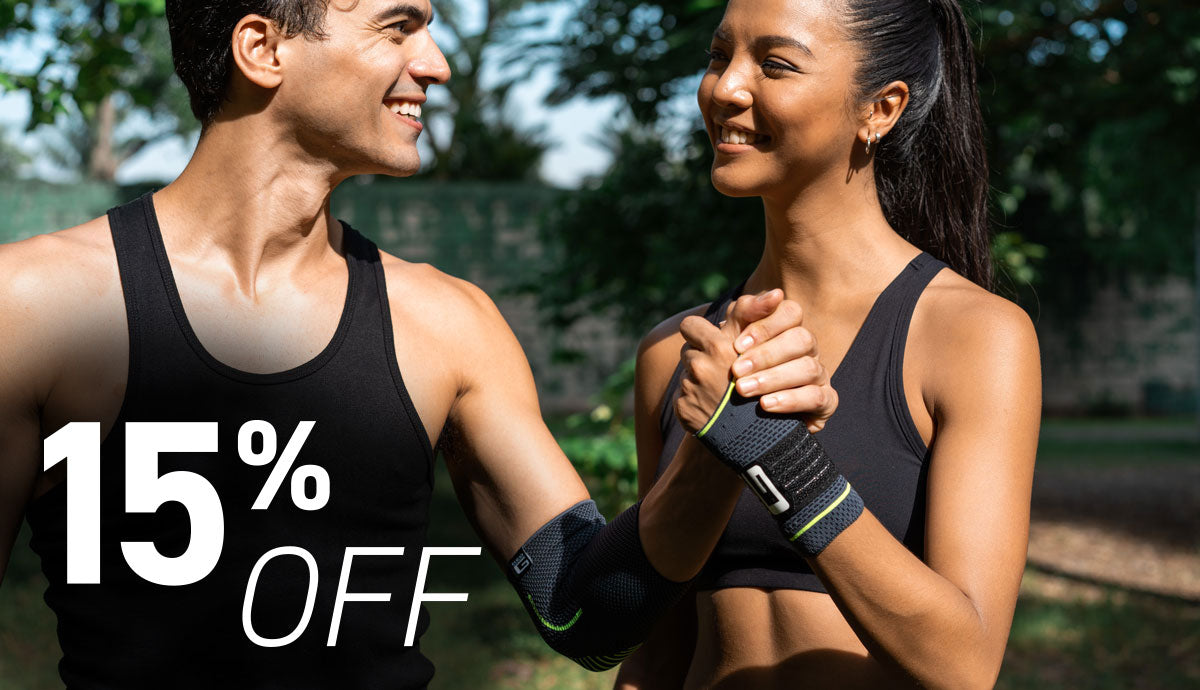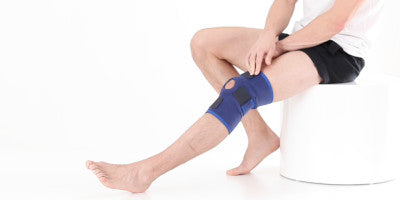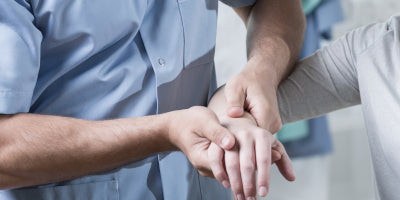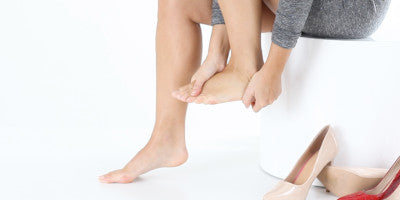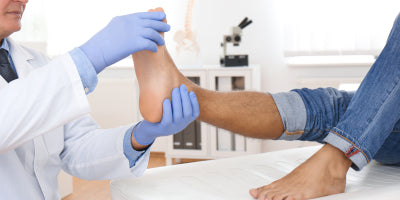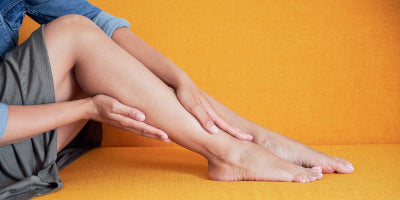How to: Exercise in your fifties and beyond

We’d all like to know the secret to eternal youth and luckily for you, our new research might just have revealed the answer. We surveyed 1,000 people and asked the over 50s the day-to-day activities they did that kept them feeling young at heart. The secret? Exercise! Those that felt the youngest said they exercised at least twice a week…
…but we know it’s not always that simple. Increased risk of injury, achy joints and muscles that don’t always do what they once did, all conspire to make it harder to do as much exercise as we’d like, post 50. To help, we spoke to our in-house physiotherapist to get some tips on how to exercise safely and more effectively in later life.

From the age of 30, with each decade that passes, we lose 3-5% of the muscle mass we naturally carry - a condition called sarcopenia. Weight training can help reverse this process however, with regular muscle strengthening also shown to prevent and control type 2 diabetes and heart disease.
Everyone can incorporate weight training into their exercise routine, no matter what their age. Start off with two sessions a week, increasing the weight once you get strong enough that it no longer feels hard to lift. If you’re not sure where to start, a personal trainer can help you to perfect your form and ensure you’re doing exercises safely and correctly.

If pumping iron in the gym sounds a little daunting, you’ll be happy to know that aerobic exercise that gets the heart pumping, such as walking, swimming and cycling, has a host of benefits. Research suggests that moderate intensity and low impact activity such as yoga or a brisk walk is just as effective in lowering the risk of heart disease as high impact activity, so it’s time to lace up those walking shoes!
If you’re not already active, increase your walking distance gradually and make it a habit to ensure you stay on track. Try leaving your car at home for shorter journeys, or get your family or friends walking with you to make it a fun activity that you look forward to and enjoy.

While exercise is undoubtedly beneficial, it’s important not to overdo it and to ensure you build in adequate time for rest and recovery into your week. Rest periods allow your body to repair and muscles to strengthen, with continuous training shown to be detrimental to even the most serious of athletes.
This is even more important in later life, with studies showing that when you get older it takes the body longer to recover after exercise. With this in mind, make sure to build in at least a couple of days a week where you take it easy, ensuring you get good quality sleep to aid your recovery.

Injuries are a risk at any age, but a loss of muscle elasticity, joint degeneration and a decrease in bone density can make your risk of injury higher in later life, with longer recovery times if you are unlucky enough to get injured.
However, it’s important not to let strains, sprains or injuries stop you from staying active and doing the things you enjoy. Our range of medical grade supports and braces help target specific injuries, aches and pains as well as aid rehabilitation should an injury occur.
As an official partner to the Chartered Society of Physiotherapy the Neo G team work hard to ensure our medical grade supports help to aid and rehabilitate issues quickly, so you can stay active and enjoy your exercise.
Want to know more? Read below for an introduction to some of our products that could help you achieve your goals!

For support in everyday activities, the Airflow and Airflow+ ranges offer lightweight, slimline supports that protect and reduce impact on joints and muscles. Perfect for taking a walk, playing sport or support with day to day strain.

If its rest and recovery you need, our hot and cold therapy range offers just that. While the heat therapy helps to target muscle and joint pain by relaxing muscles and improving blood flow, cold therapy works to tackle muscle swelling, soothing aches and pains.
Read more in our full Hot & Cold Therapy post.
